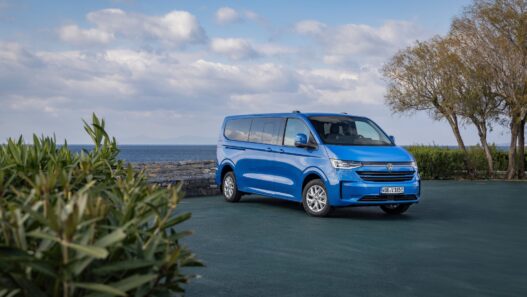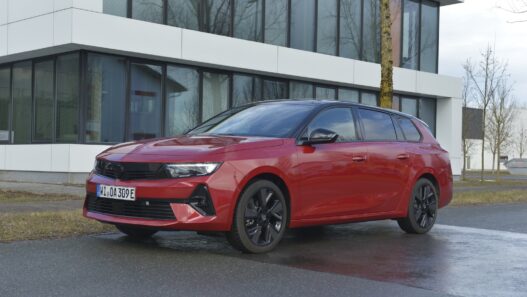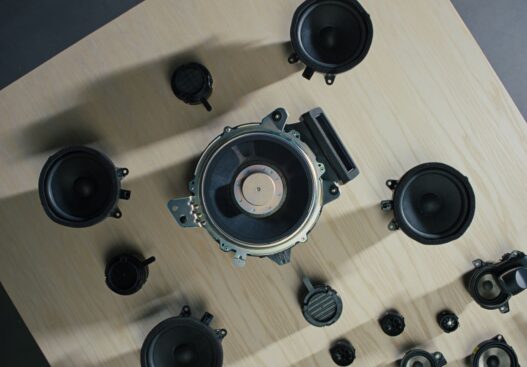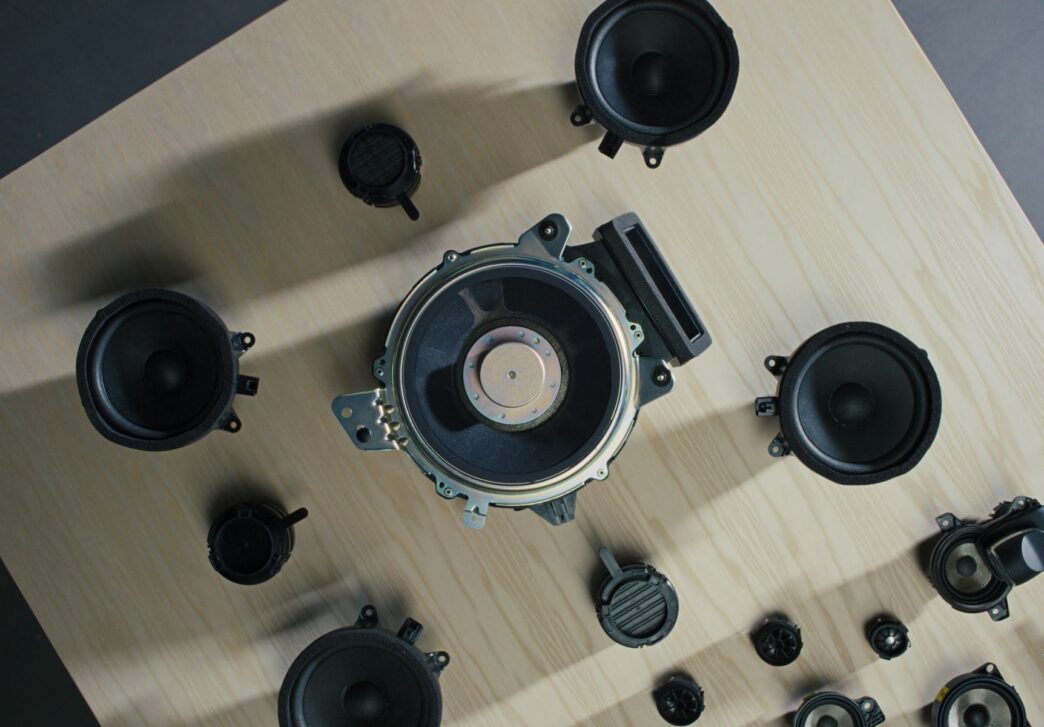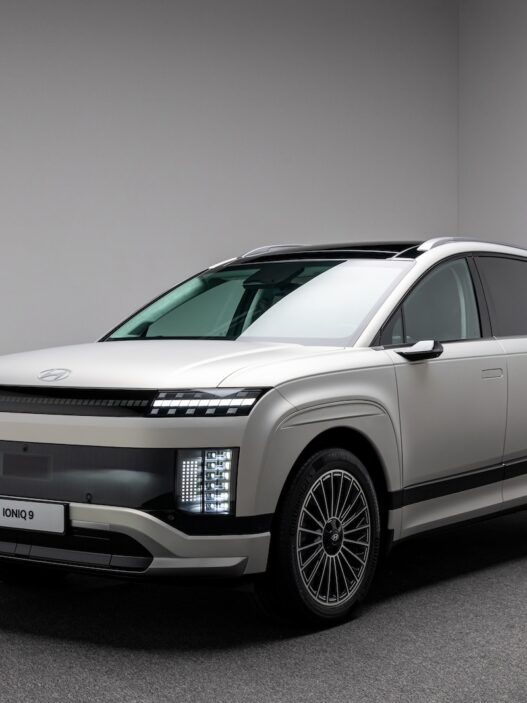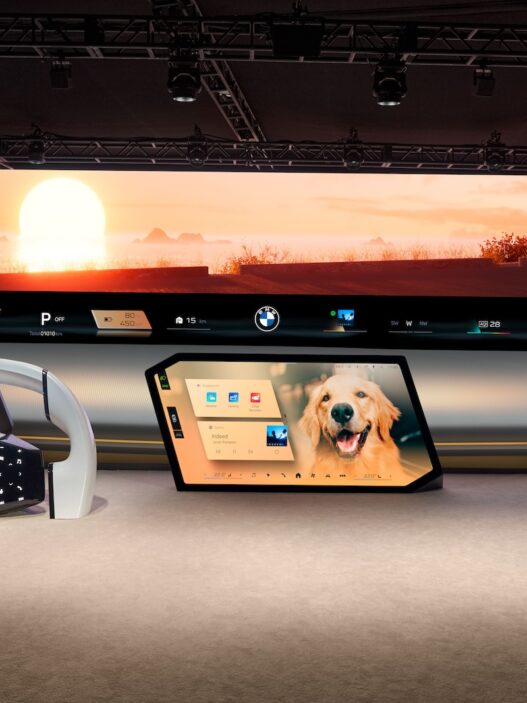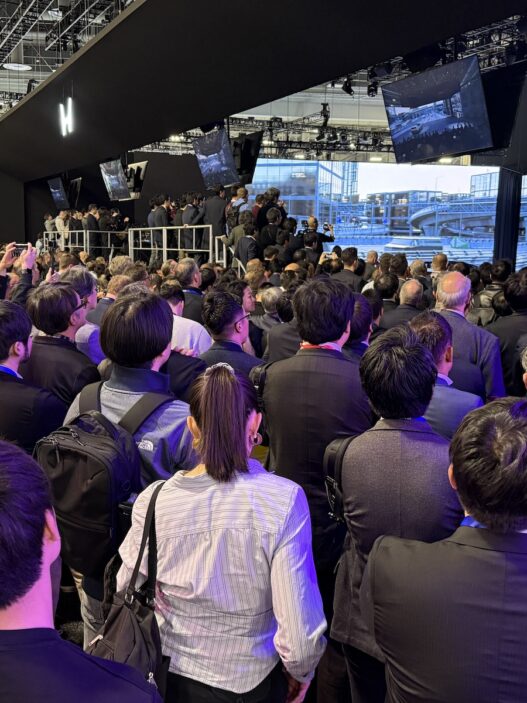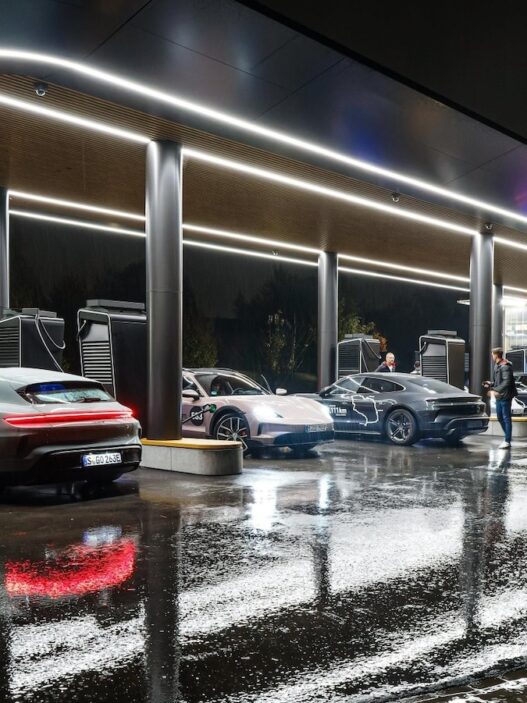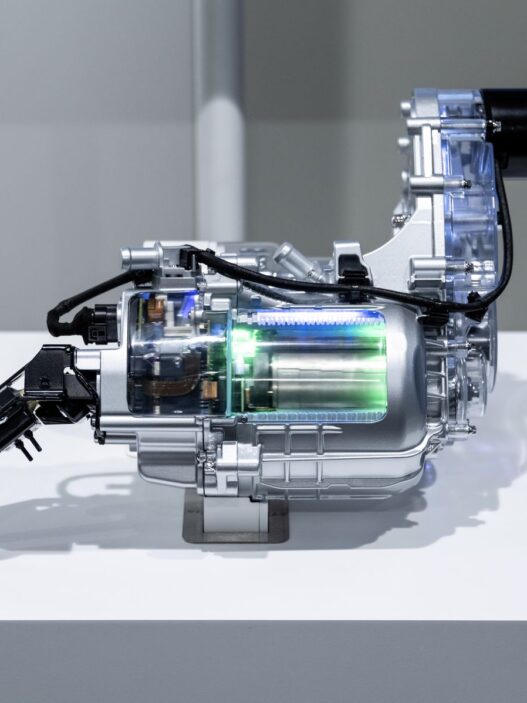Dolby Atmos, best known for its transformative audio experience in cinemas, is now turning cars into immersive soundscapes. High-end surround sound isn’t just for theaters anymore – it’s revolutionizing in-car entertainment.
The Numbers Game: 9-4-1 Sound Setup
Imagine this: nine speakers positioned at ear level, four embedded in the ceiling, and a subwoofer at the floor. Together, these 14 speakers create a 360-degree sonic cocoon. Listening to music feels like sitting in the middle of a concert hall. The trombones play to your left, a xylophone resonates behind you, and the strings sweep in from the right. Even without expert hearing, the precision is astounding.
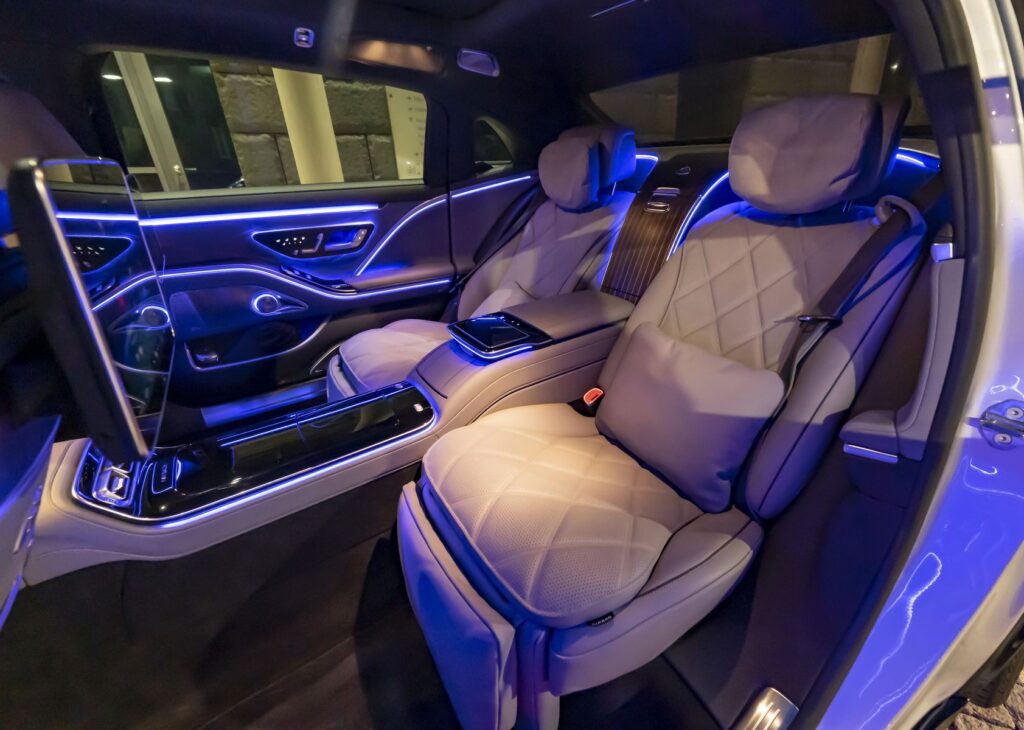
“In stereo, two speakers project sound at a 60-degree angle, forcing everything to squeeze into that space,” explains Stefan Bock, founder of Munich’s MSM Studios, who has worked with artists like Herbert Grönemeyer, Yello, and the Berlin Philharmonic. “With Dolby Atmos, you get 360 degrees, giving the music more room to breathe and sound more precise. Instead of mixing for a specific number of speakers, we now mix for space and time.” This technology allows sounds to move dynamically, making it possible to track a person’s footsteps as they shift from in front of you to behind.
Object-Based Sound for Any Car
One of Dolby Atmos‘ standout features is its object-based sound format. Unlike traditional setups, it doesn’t rely on a fixed number of speakers. Whether it’s 39 speakers in the Mercedes-Maybach S 580 or 25 in the Volvo EX90, the system adapts. Even the Lucid Sapphire takes full advantage of this immersive sound tech.
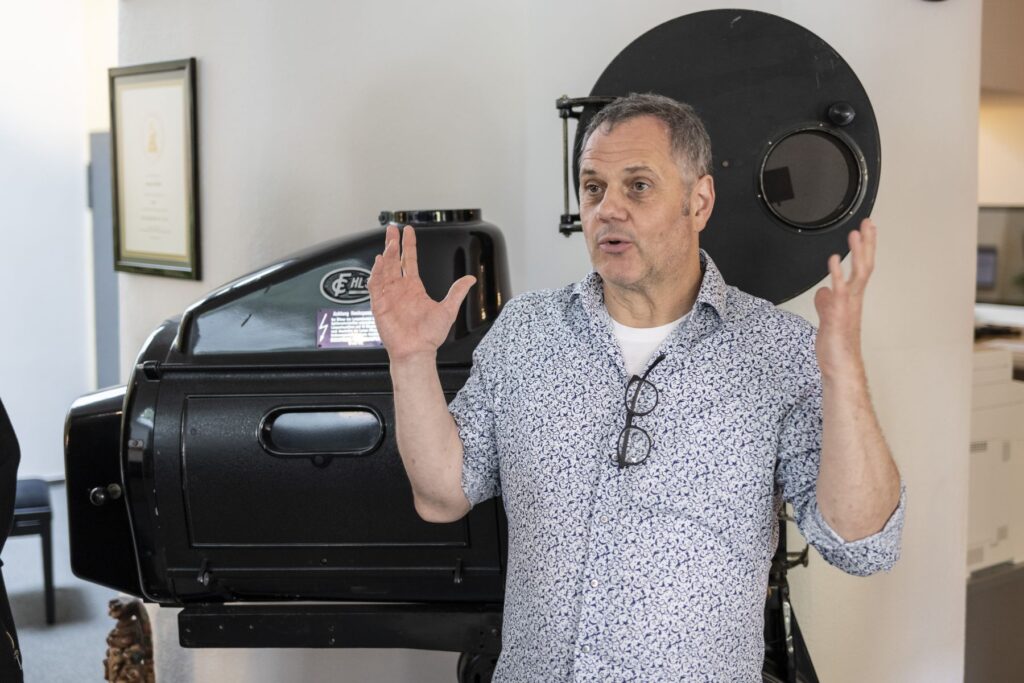
“Drivers are our best friends,” says Bock, “because the car’s enclosed space is ideal for Dolby Atmos.” However, simply cramming a cabin full of speakers won’t do. Strategic placement is key for an optimal experience. To elevate the auditory journey, vibrations complement the sound, making it a multi-sensory experience.
Precision Meets Aesthetics
Speakers are strategically integrated throughout the vehicle: in the dashboard, doors, headliner, rear wheel arches, and even the headrests. Aesthetic design is as important as acoustics.
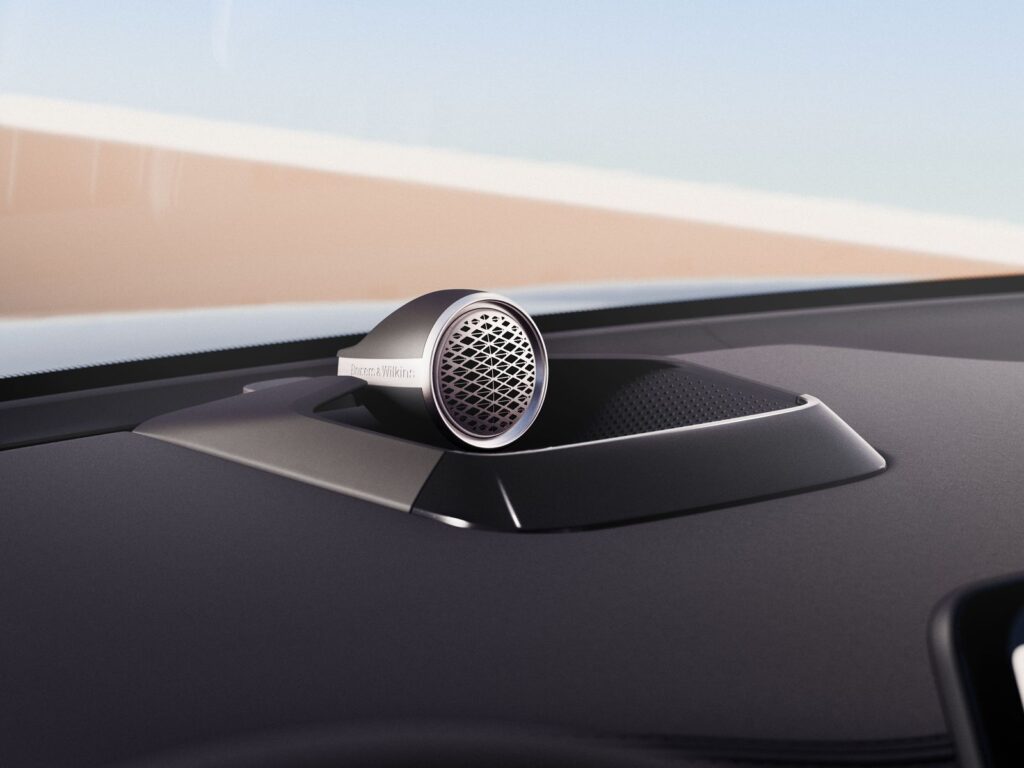
Stainless steel speaker grilles embedded in backlit wooden trim don’t just look elegant – they enhance sound clarity. With Atmos fully utilized, tones and instruments are positioned with pinpoint accuracy, giving passengers an unparalleled auditory depth and richness.
Tailored Soundscapes
Dolby Atmos offers customizable sound modes to match preferences. Listening to Beethoven’s Ninth Symphony turns the cabin into a grand concert hall. A live Led Zeppelin performance makes you feel like you’re standing front row, marveling at Jimmy Page shredding “Stairway to Heaven.”
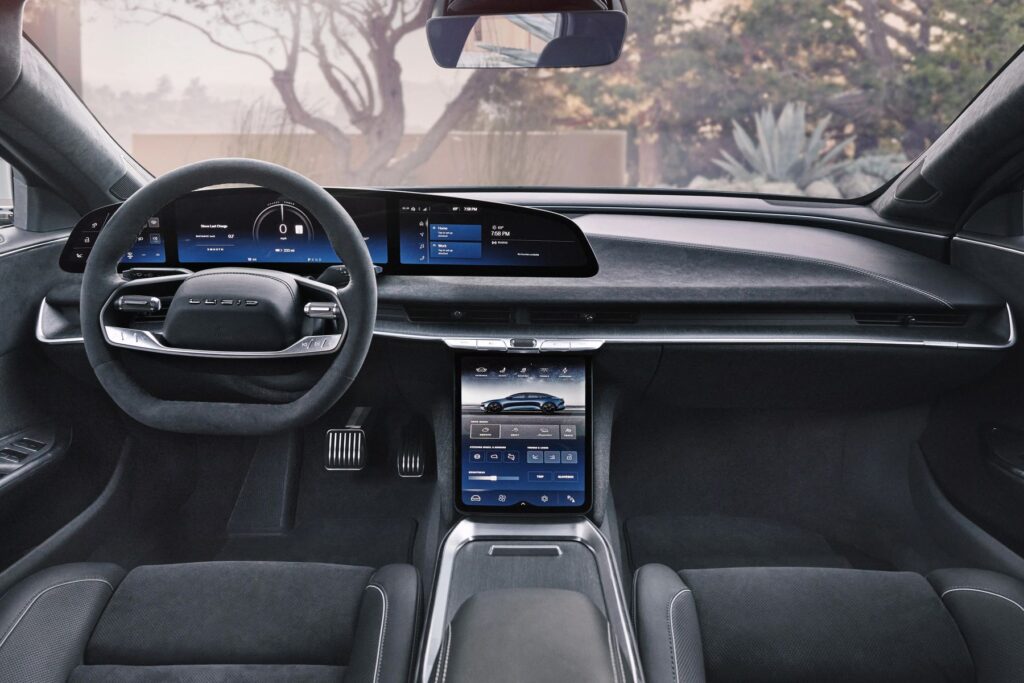
For movie buffs, the system can replicate a film studio’s original sound mix, delivering cinematic immersion. Ambient lighting often complements the auditory spectacle, enhancing the experience.
Tech Meets Music: Unlimited Potential
In theory, Dolby Atmos can handle unlimited audio tracks. “Modern music pieces have 150 to 200 tracks,” notes Mercedes technician Dominik Liebich. But both the car’s hardware and the music stream must be Atmos-compatible.
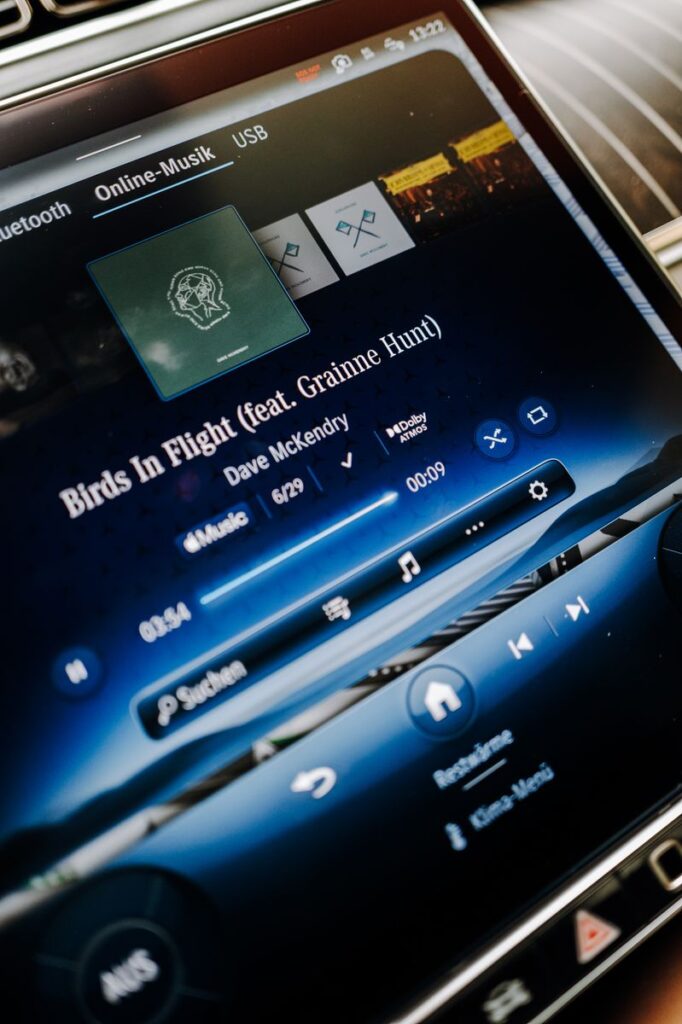
Some vehicles, like the Mercedes CLE, can be upgraded with a wireless software update. Streaming services like Apple Music already provide the necessary high-quality data streams across Europe.
Cars as Rolling Theaters
This technology is more than just a gadget for audio enthusiasts – it’s redefining the car as a multifunctional space. In China, for instance, vehicles often double as mobile living rooms where people retreat during lunch breaks. With large displays serving as screens and Dolby Atmos delivering immersive audio, the car becomes a personal cinema.
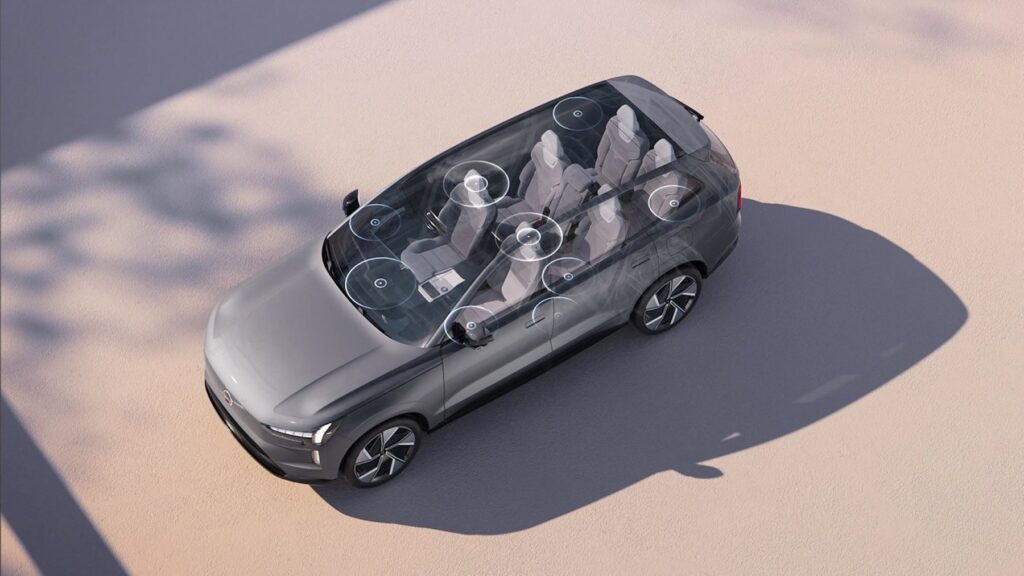
Whether you’re reliving the drama of Bohemian Rhapsody or catching up on your favorite audiobook, the experience feels vivid and immediate. As in-car entertainment evolves, Dolby Atmos is leading the charge in transforming vehicles into rolling cinemas, ensuring you’re not just along for the ride – you’re at the heart of the action.





